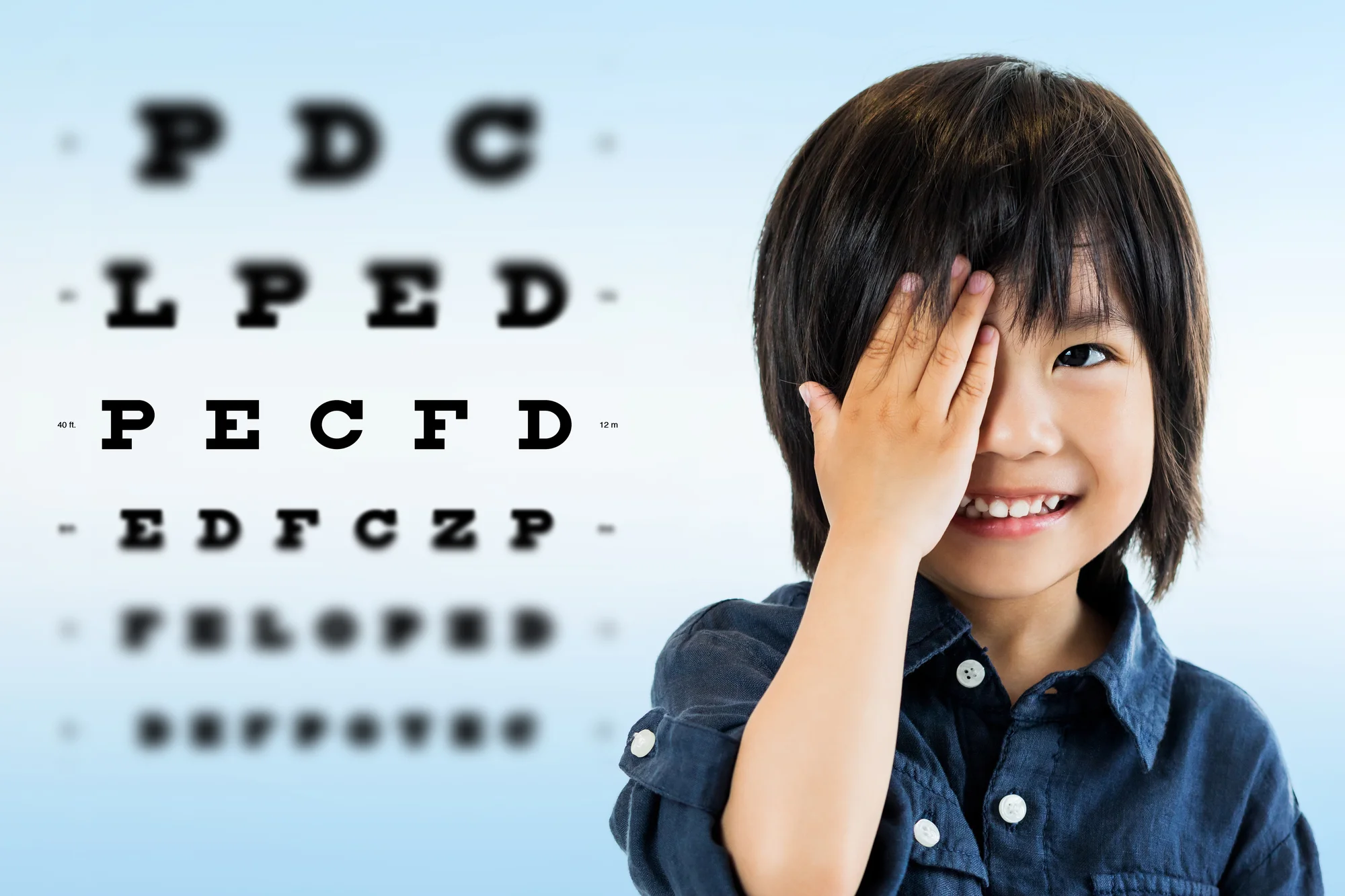OUR CHILDREN’S EYES
OUR CHILDREN’S EYES
Amila De Alwis
The eye is only a small part of our body but, is responsible for 80% of all sensory input. To enable successful development of our vision, we need the structure and functioning of our eyes to be normal from our early days. If not, development is delayed and a lazy eye could result. So, any visual impairment will lead to a host of other conditions, especially in a small child who is growing and learning in this beautiful yet complex world of ours, with all its academic, physical and social demands. Children below the age of 15 years constitute more than 25% of the world's population. Of these children, 10%-20% of them could have visual or eye related problems.
That’s a lot of eye problems to be solved.
As care givers we have to keep an “eye” out for the following signs.

WARNING SIGNS
+++++++++++++++
If you have an infant, under the age of one month, look for these signs:
- Pupils appear white – due to a cataract, retinal problem or in very rare cases, a malignant tumor of the retina (retinoblastoma).
- Extreme sensitivity to light/hazy looking cornea - this may be due to elevated eye pressure.
- Excessive tearing - this may indicate blocked tear ducts
- Red eye or encrusted eye lids - this could be a sign of an eye infection
- Shaky eye – may be due to a problem with eye muscle control or low vision
- Obvious structural defect - could be of the eyelid or the cornea
- Excessive eye rubbing or itching – due to an allergy or dry eyes
In Older children you can look for these signs ,in addition to the above mentioned features.
- Squinting or narrowing of eyes to see clearly – due to a focusing difficulty
- Light sensitivity – a focusing difficulty, dry eyes, certain squints
- Getting close to the TV or holding a screen very close to their eyes - focusing difficulty
- Inability to see the board in school - focusing difficulty
- Headaches – squints, focusing difficulty
- Complains of not seeing equally with each eye – focusing difficulty, squints, cataracts
ROUTINE SCREENING
+++++++++++++++++++
Watching out for warning signs may not be enough to detect eye problems in children. Routine exams will also help diagnose more subtle defects. Most guidelines suggest that screening of children’s eyes for visual, structural and functional defects.
What are the approximate ages at which you must check the eyes of children?
-Newborn: preferably before the baby leaves the hospital.
-6-12 months of age
-3-4 years of age
-5 years of age or just before school admission
-2-3 yearly, thereafter
The screening can be done by an Ophthalmologist, Pediatrician, Optometrist, a trained Nurse or a trained Medical Personnel.

GOOD VISUAL HABITS
+++++++++++++++++++
On overall change in life style over the last few decades has resulted in more time indoors and less outdoor time in the sun. This also means more inactive time, more time on screens and possibly a worsening of food habits too. All these changes have potential negative effects on our children's eyes.-Increased incidence of dry eye and related complaints: irritation, pain, redness
-Development and quicker progression of myopia, which means short sightedness
-Eye strain (focusing weakness) resulting in eye pain and headache
What can we do to help our children have better eye health?
ENCOURAGE OUTDOOR PLAY
+++++++++++++++++++++++++
Sunlight is the key to prevent myopia and slow down its progression, even reading or studying outdoors with the sun around you, rather than indoors can have a protective effect against myopia. While physical activity keeps the body healthy and improves blood circulation to the eye.
Screen time
+++++++++
-Essential screen time required for academic purposes can be allowed with a break every 20-30 minutes. This can be done by looking at something far for a few minutes, blinking slowly and keeping their eyes closed for a few seconds too.
-Non essential screen time (games, videos etc) should be less than 2 hours daily in total, with breaks every 30 mins.
-The further away the screen the better it is for the eyes( the Television is better than the phone)
-Outdoor screen time preferred to indoor screen time
Studies and reading
++++++++++++++++
-The book held at least 30 cm or more from eyes. The further the more comfortable.
-The reading environment should be well-lit.
=Kids should sit in a chair with the book on a table, to maintain the distance
-Take breaks every 20-30 mins and look at a very distance object for a few minutes while blinking regularly or keep your eyes closed alternatively.
-Discourage reading in bed and in moving vehicles.
These adjustments can relieve headaches, make the eyes feel comfortable, increase reading speeds and effectiveness of reading.
By knowing what warning signs to look out for, sticking to a schedule of routine eye visits and encouraging better habits, issues with vision can be diagnosed and treated promptly, while preserving the vision already present.
Dr Amila De Alwis (MD FRCS) is a Consultant Ophthalmologist living and working in Sri Lanka.





No comments
You are WELL COME👏👏😘